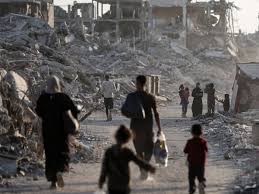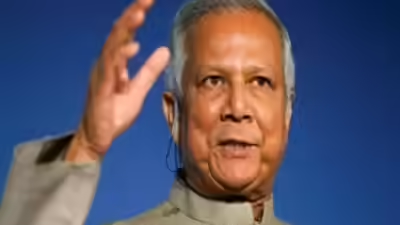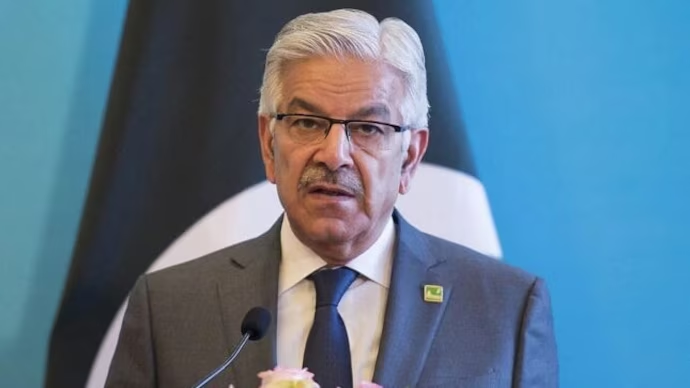
The Gaza Government Media Office reported that Gaza Strip witnessed at least 282 separate violations by Israel’s forces between October 10 and November 10, 2025. These alleged breaches range from air-and-artillery strikes to demolitions of homes, shootings at civilians and access restrictions on humanitarian aid.
According to the office, the violence killed at least 242 Palestinians and wounded more than 620 within that thirty-day span. The tally underscores the fragility of the truce signed to halt the two-year-old war in Gaza.
Of the violations recorded, 88 incidents involved direct fire at civilians, 12 were incursions beyond the so-called “yellow line” withdrawal boundary, 124 were bombing or shelling episodes, 52 were demolitions of civilian property, and 23 Palestinians were detained. Aid convoys fell far short of the 600 trucks-per-day threshold stipulated in the cease-fire protocol.
While Israeli officials say the truce remains in place, humanitarian groups and local authorities say the persistent strikes and “partial occupation” of large swathes of Gaza amount to a de-facto continuation of hostilities. One rights group reported that more than eight Palestinians were killed daily, on average, during parts of the month.

In addition to the direct casualties, the blockade of heavy-equipment, reconstruction materials, and essential food items has deepened the humanitarian crisis in Gaza. Blocked truck convoys and delayed aid are cited as violations of the agreement’s core provisions.
By contrast, Institute for the Study of Conflict data shows that violence involving Israeli forces dropped by nearly 48 percent compared with the pre-truce period — pointing to a reduction in large-scale combat though not full compliance. In their view, the pause in major operations may reflect a shift to low-level, sustained control operations beneath the radar.
Meanwhile, Israel Defense Forces claim that some truce breaches were provoked by militant activity from Hamas and other armed groups inside Gaza; the IDF says it has recorded at least six Palestinian militant group violations between November 7 and 12.
READ ALSO: Skims Soars to $5 Billion Valuation After $225M Funding Round
Despite the truce framework, the situation remains volatile. On November 10, Israeli drone strikes east of Khan Younis killed at least two people, including a child, prompting renewed accusations of “daily, continuous violations”.
The cease-fire agreement, brokered by the United States and regional actors, aimed to release hostages and prisoners, allow full aid access and begin phased Israeli withdrawals. But the Gaza government says the lived reality is one of “occupation under a different name”.
International responses have been comparatively muted. While some UN branches and NGOs call for full respect of the truce, enforcement mechanisms remain weak. Some analysts warn that unless the cycle of strikes, demotions and aid restrictions is addressed, the cease-fire may become a lull rather than a path to peace.
As Gaza enters its second month under the truce, residents say that while large-scale bombing has eased, fear and destruction persist. One local father summarised: “We were told the war was over, but the guns never left the sky and our homes.”



